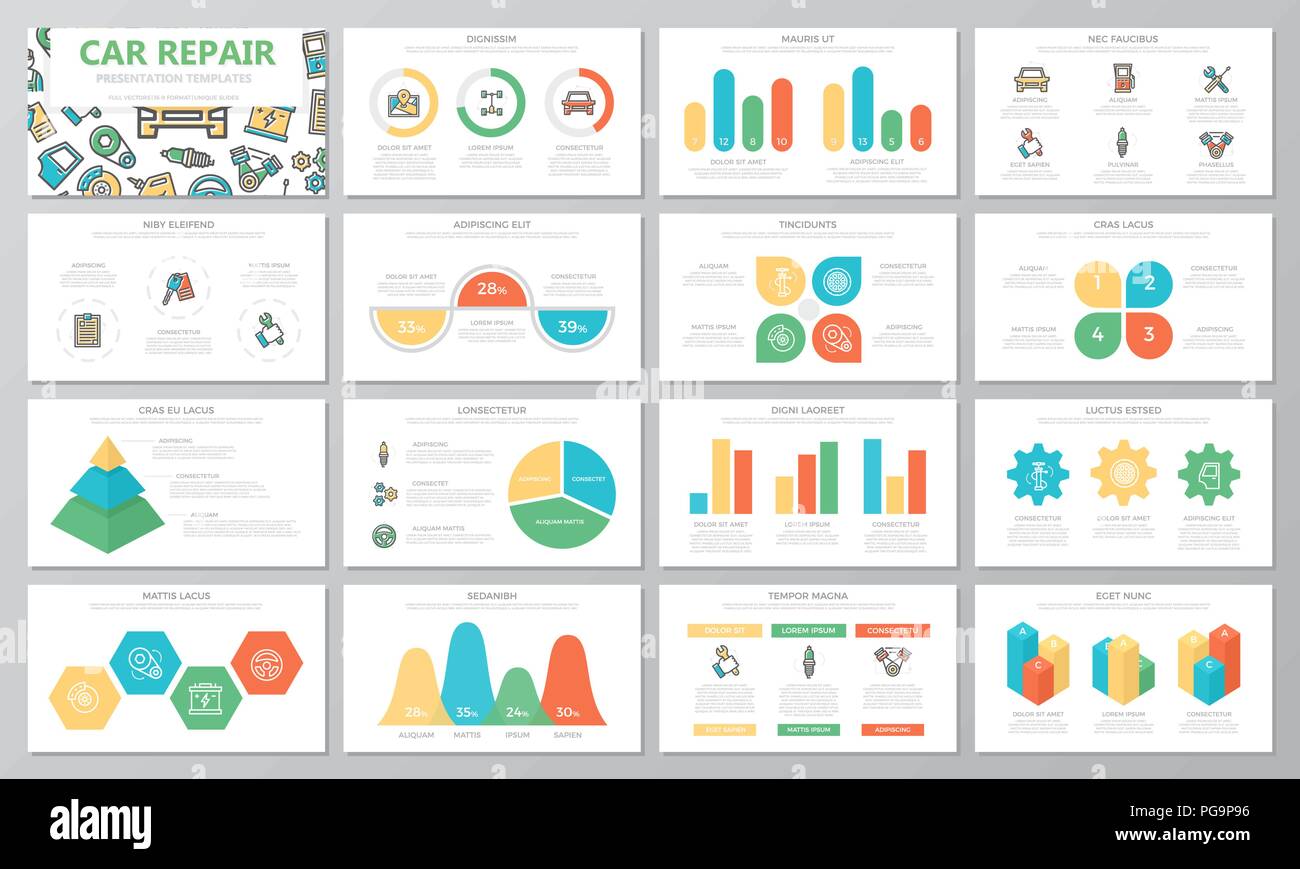Decoding The Value Of Your Car'S Warning Indicators
Decoding The Value Of Your Car'S Warning Indicators
Blog Article
Material Writer-Cheng Mendoza
When you're behind the wheel, those beautiful caution lights on your dashboard can be a little bit perplexing. Do you understand what they're trying to tell you about your car's health and wellness? Understanding the importance of these lights is vital for your safety and the durability of your lorry. So, the following time among those lights appears, would not you wish to decode its message precisely and take the essential steps to resolve it?
Common Warning Lighting and Interpretations
Identify typical caution lights in your car and understand their definitions to guarantee safe driving.
The most regular caution lights include the check engine light, which indicates issues with the engine or emissions system. If this light comes on, it's essential to have your car inspected quickly.
The oil stress alerting light shows low oil pressure, needing prompt interest to prevent engine damages.
A blinking battery light could suggest a damaged charging system, potentially leaving you stranded otherwise dealt with.
The tire pressure monitoring system (TPMS) light notifies you to low tire pressure, influencing automobile security and gas effectiveness. Neglecting this might result in dangerous driving problems.
The ABS light indicates an issue with the anti-lock stopping system, jeopardizing your capability to stop swiftly in emergency situations.
Lastly, the coolant temperature warning light warns of engine overheating, which can lead to extreme damages otherwise settled promptly.
Recognizing https://brakefluidprice17217.get-blogging.com/30720449/brake-system-insights-normal-concerns-and-reliable-repair-work-methods will certainly assist you attend to issues immediately and maintain risk-free driving problems.
Significance of Prompt Focus
Understanding the common warning lights in your auto is only the primary step; the importance of promptly dealing with these cautions can't be highlighted enough to ensure your safety and security when traveling.
When visit my homepage brightens on your dashboard, it's your cars and truck's method of connecting a possible concern that needs attention. Overlooking these warnings can result in much more serious troubles down the road, jeopardizing your safety and possibly costing you more in repairs.
Trigger interest to warning lights can stop failures and accidents. For instance, a flashing check engine light could show a misfire that, if left ignored, could cause damage to the catalytic converter. Addressing this quickly can save you from a costly fixing.
Similarly, a brake system warning light may signify reduced brake fluid or used brake pads, vital components for your security when driving.
Do It Yourself Troubleshooting Tips
If you notice a caution light on your dashboard, there are a couple of DIY repairing ideas you can attempt prior to looking for specialist aid.
The very first step is to consult your cars and truck's handbook to recognize what the certain warning light suggests. Occasionally the concern can be as basic as a loosened gas cap setting off the check engine light. Tightening the gas cap might resolve the problem.
One more usual issue is a reduced battery, which can set off different alerting lights. Inspecting the battery connections for deterioration and guaranteeing they're secure could repair the issue.
If a warning light lingers, you can try resetting it by separating the cars and truck's battery for a few minutes and afterwards reconnecting it. Additionally, examining your car's fluid levels, such as oil, coolant, and brake fluid, can assist fix cautioning lights connected to these systems.
Conclusion
In conclusion, understanding your automobile's caution lights is important for keeping your vehicle running efficiently and safely. By quickly attending to these informs and knowing what they suggest, you can stay clear of costly repair work and possible break downs.
Bear in mind to consult your auto's manual for specific details on each cautioning light and take action appropriately to make sure a trouble-free driving experience.
Remain notified, remain risk-free when traveling!
